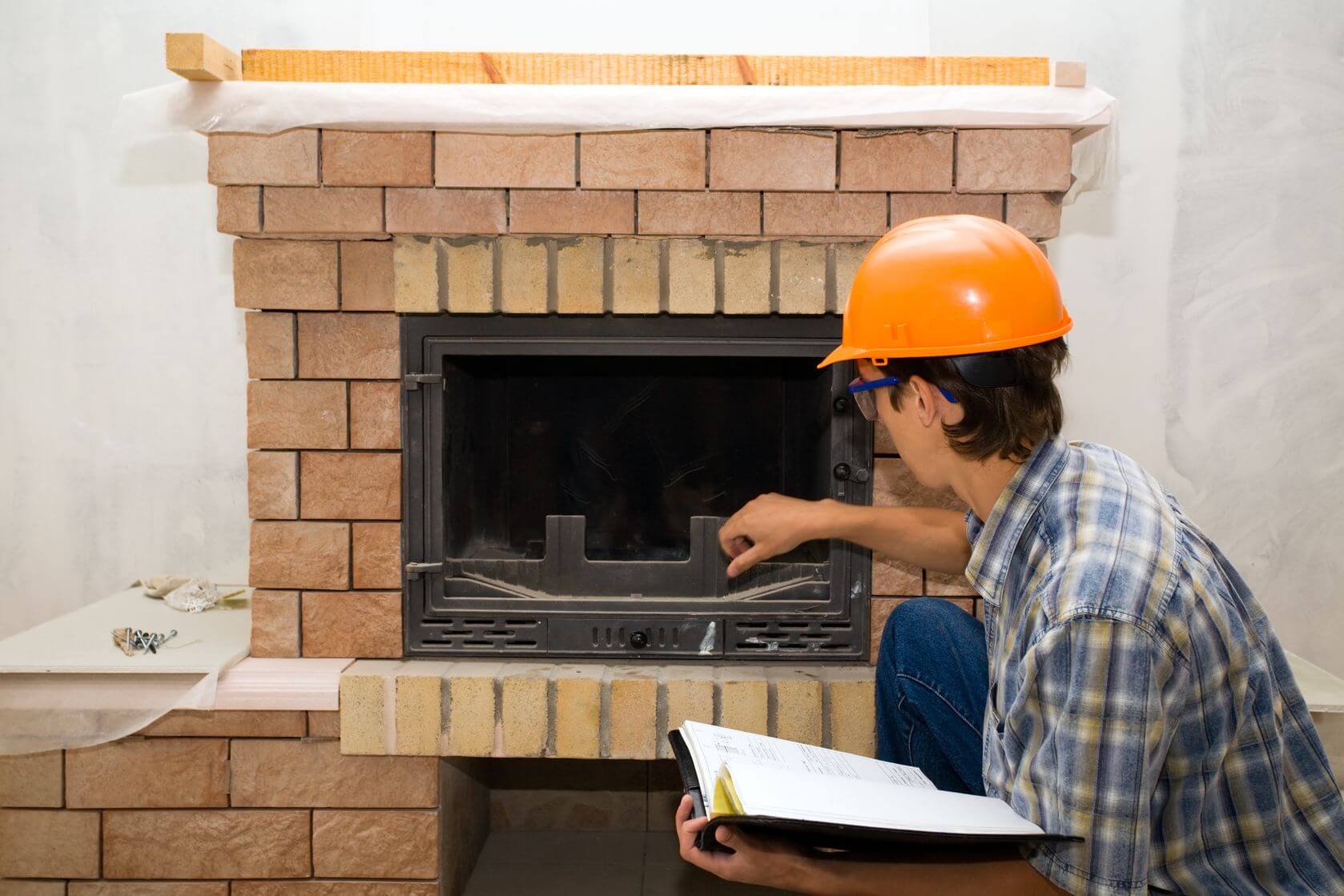
Chimney Soot ‐ Handle With Care
Chimney soot is a byproduct of the combustion process. It is a fine black to brown carbon powder that is formed through incomplete burning of hydrocarbon fuel like wood.
Chimney soot is also called lampblack or carbon black. It is formed when wood or other fuel in the fireplace is burned at a comparatively low temperature of about 140 degreesC with a reduced supply of oxygen. As the fuel burns, it breaks down into small particles that include soot, which settles as a dark powdery deposit. It radiates colors in the yellow to red electromagnetic spectrum, so its formation is responsible for the yellow color of a wood fire.
In very low concentrations, soot can darken surfaces and make particle concentrations in ventilation systems turn black. Soot is the main cause of “ghosting”, the discoloring of walls, floors, and ceilings where they join. Airborne soot can stain clothing as well.
Because soot is incompletely burned, it is somewhat sticky and is found clinging to the inner chimney flue and exhaust pipes. If allowed to clog a chimney, soot will cause a range of problems. A clogged chimney will not draw air as efficiently as it can, so fires will tend to be smoky and excessive fuel will be consumed. If soot is dislodged within the flue and falls down the chimney, a gust of black, sticky particles can enter the house to cause a mess. Soot can also lead to chimney fires if it builds up in sufficient concentrations, which is why homeowners should have their chimneys cleaned annually by chimney sweepers.
Like other combustion byproducts, chimney soot can be a lung and general health hazard since particles smaller than five micrometers in diameter are not screened out by the human upper respiratory tract. Incomplete combustion of soot facilitates the formation of toxic compounds like dioxins and particulates that can harm and irritate the lungs of people and cause other illnesses. In its gaseous form, soot contains polycyclic aromatic hydrocarbons (PAHs). The PAHs in soot are classed as mutagens and human carcinogens by the International Agency for Research on Cancer (IARC).
Chimney soot is an inevitable byproduct of combustion. As such it must be cleaned up regularly to prevent chimney problems and health hazards.